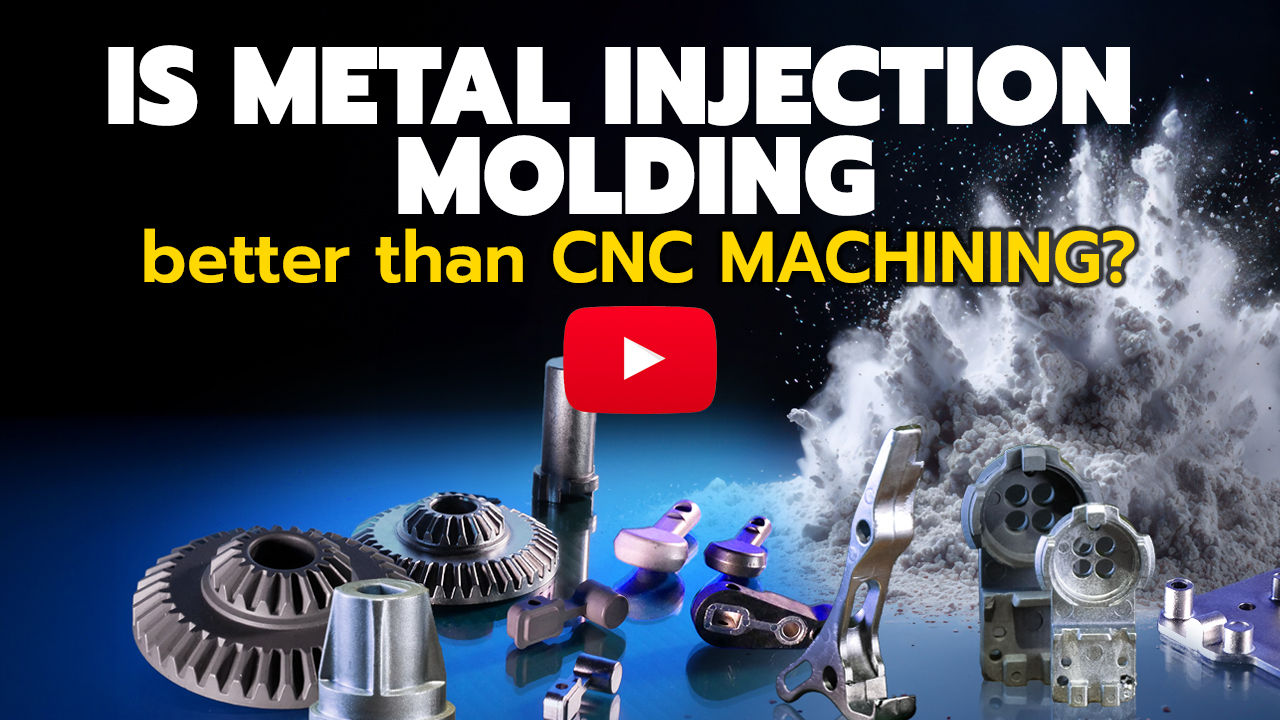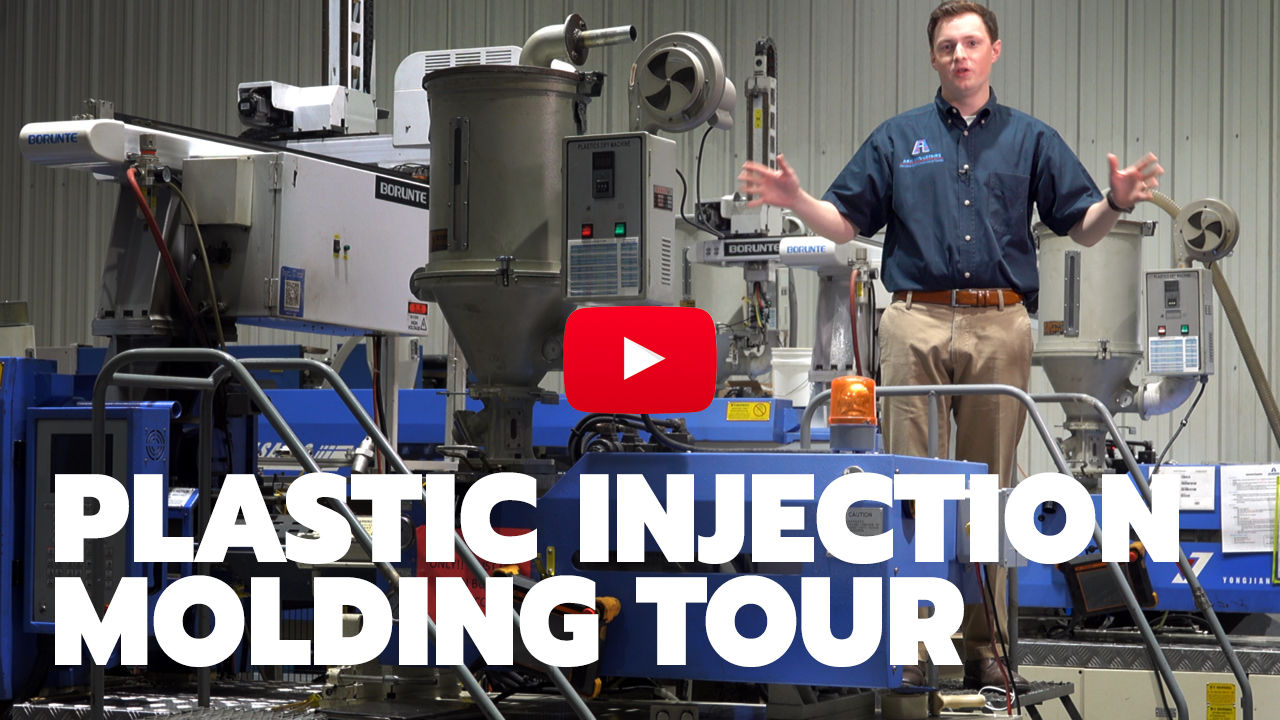
You Just Met Your New Molding ENGINEERS
PLASTIC • METAL • SILICONE
SMALL MEDICAL COMPONENTS to LARGE HOLLOW MOLDED PARTS UP TO 12 FEET
VISION
We're all about saving you time, so watch these videos and you'll learn everything about us.

ASH Industries is all about working smart, creating efficiency and communicating all possibilities to our valued customers.
That's the smartest way to save money and get better injection molded parts.

FOR 30 YEARS
Satisfaction Guaranteed.

PLASTIC INJECTION MOLDING
23
INJECTION PRESSES
35 -850
TON CAPACITY
Challenge, that's our story at ASH INDUSTRIES. We're a team of real engineers, not just salespeople and we specialize in molding the tough parts.
From in-house tool making to injection molding, we handle everything from design assistance to prototyping and tooling, to FULL production and packaging – all under one roof. With a deep understanding of materials, processes, and problem-solving, we translate your vision into high-quality, cost-effective plastic parts quickly and efficiently.





METAL INJECTION MOLDING (MIM)
78
ALLOYS AND METALS
110+
Parts per hour
Metal Injection Molding (MIM) is perfect for high volume near net shape metal parts. One mold with 6 cavities can outperform throughput versus machining each part individually. MIM IS DESIGNED FOR:
-
High-volume production of complex, intricate parts
-
Applications requiring precise repeatability and consistent quality
-
Need for a wider range of metal material options
-
Cost-effectiveness over the long term for large production runs

ROTATIONAL MOLDING
12'
PART LENGTH MAX
50%
Stronger when foamed
Rotational molding, also known as rotomolding, excels at producing hollow, one-piece parts with complex shapes and features, including internal cavities, undercuts, and thick walls. This is difficult or impossible to achieve with other processes like injection molding or blow molding.
-
Low Cost Tooling: Tooling is lower compared to some other processes.
-
Uniform Wall Thickness: Leads to predictable strength and performance.
-
Low Stress Parts: Making it suitable for applications requiring dimensional stability and stress resistance.
-
Wide Material Selection: Allows for tailoring the part's properties to specific needs like strength, chemical resistance, or UV stability.
-
Low Scrap Rate: A closed-loop system minimizes material waste making it an environmentally friendly choice.



LIQUID SILICONE RUBBER INJECTION MOLDING (LSR)
572°
Temp Resistance
700%+
Tensile Strain
Silicone molding is a thermoset, also called a thermosetting polymer, is a type of plastic material that undergoes an irreversible chemical reaction during a process called curing. Once cured, a thermoset permanently sets into its final shape and cannot be melted or remolded which makes it very resistant to heat and chemicals.
LSR (Liquid Silicone Rubber): This is the specific material used in the molding process. It's a two-part liquid silicone rubber compound that cures at relatively low temperatures compared to other molding materials.
LIM (Liquid Injection Molding): This is a broader term that refers to the injection molding process using any liquid material, not just LSR. While LIM can be used with other materials like polyurethane or epoxies, when referring to silicone molding, it's typically understood to involve LSR.



GET THE BALL ROLLING
Maybe you don't know which process to use, so let us help with a free engineering consult.
This is where you get great ideas
The earlier you get your supplier involved, the better chance that you will save something big. It could be time, money, functionality or even a new idea.
We specialize at the "tough challenges", the projects that need extra attention, experimentation or a new material. There's no better molding company than ASH to do this.
Proudly made in Lafayette, Louisiana
Everything molded!
At ASH Industries we specialize in plastic injection molding, metal injection molding (MIM), silicone injection molding (LIM) and rotational molding for large hollow plastic products.
We offer a complete suite of in-house manufacturing and engineering services, including expert design assistance, Design for Manufacturing,(DFM), mold building, mold validation, expanded tool room services including 7-axis CNC & wire EDM, clean room molding for medical parts, turnkey secondaries and packaging services.
ASH is your true one-stop shop for all things molding and a favorite of engineers because we talk the talk, and then follow through.
THE MOLDING EXPERTS
.png)

ASH by the Numbers
45
Employees
133
Tons of raw material
465
Partners Worldwide
$26m
Capital Equipment

MATERIAL EXPERTISE
ENGINEERED PLASTIC RESINS & MIM ALLOYS
Engineered resins are high-performance thermoplastics that offer you superior properties compared to commodity resins commonly used in injection molding. ASH built our business learning how to work with these materials. They are designed to meet specific requirements for applications that demand greater strength, heat resistance, chemical resistance, dimensional stability, or other enhanced characteristics.
As for Metal Injection Molding, your options include Stainless steel (316L, 17-4 PH), tool steel, iron-nickel alloys, and specialty alloys (Invar, Kovar) along with tungsten alloys and aluminum.

SWITCHING SUPPLIERS?
WE CAN MOVE YOUR MOLDS EFFICIENTLY
An in-house complete toolroom is how ASH can move your mold quickly and efficiently. That mold needs inspection and needs to be fitted to the right injection press.m That can mean machining, pins,
We have 15 slikked toolroom craftsmen who have all the skill and equipment to complete the task painlessly to you. Moving molds is an opportunity for the project and quote to go off track at any supplier, but at ASH all we worry about is how fast we can say to you "it's running tomorrow."



FREE PLASTIC MOLDING DESIGN TOOL
Over 25 actual molded features injection molded into this free tool so you can see and feel the results. It's called the N*E*R*D or New Engineering Reference Device.


NEED LESS THAN 1000 PARTS?
SuperMOLD is real injection molding METAL or PLASTIC, with lifetime steel tooling and actual materials that you want, customers say it is often better than 3D printing for prototypes and short run parts.
Get knowledge... sent to your phone.
TWO CENTS with SPENCE video series is all about how to source better, how to talk to your suppliers, tips for streamling and more.
MOLDING MINUTES are one minute secrets to the entire injection molding industry and how to get the total lowest cost.
One video tip a week for 10 weeks will come to your phone. watch it, learn, and if you had enough, just send STOP - we never sell your info, it's just between us.















